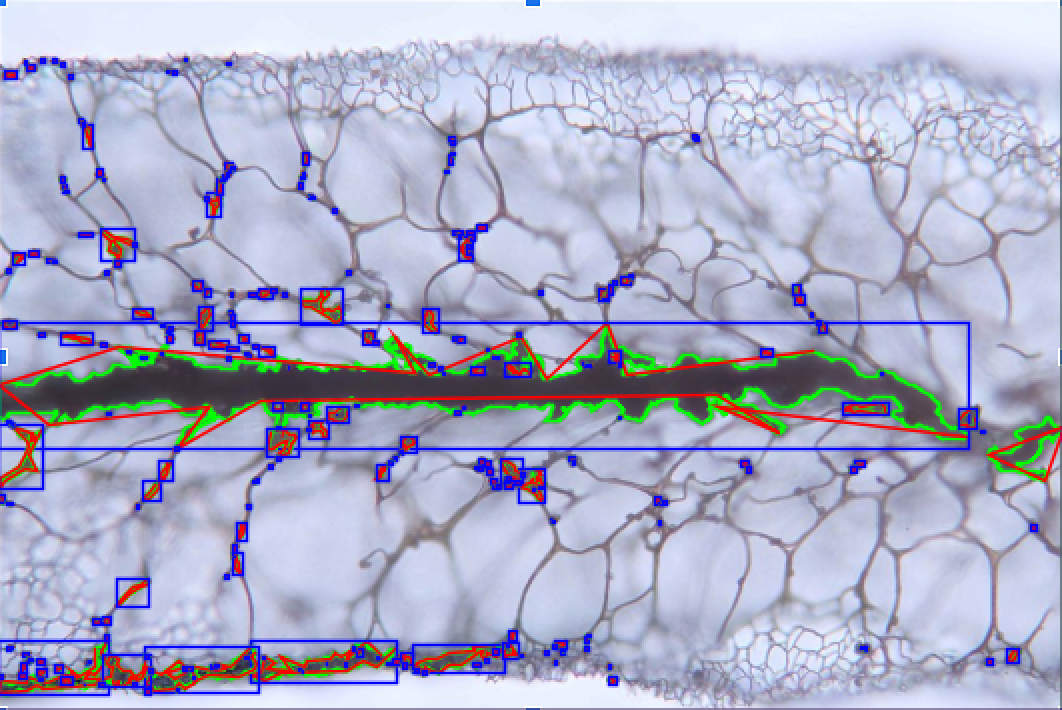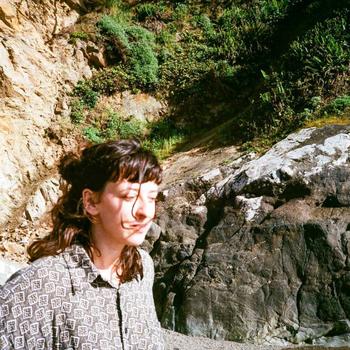A living system prototype in collaboration with Nokia Bell Labs
We often think of our technological networks as bounded to the human realm; technological networks serve human needs and connect humans to other humans or humans to information. However, everything is part of a living connected substrate, livingness circulates in a complex web of dependencies, the water and the air and the soil are transparent to all of the material realities of our actions.
This piece calls on us to acknowledge our shared spatial relations with other species as a kind of living communication network. If every space where signals are exchanged between organisms, be it through the air, light, temperature or vibrations represents a communication in a living spatial network, how can we rethink our technologies as responsive to the needs of other living things?
We commune with other species around us, and we emotionally connect to others, when we pay attention to our shared space. This piece is an attempt to remind us that we live in an interconnected space populated by both living and living-technological systems of information.
The piece speaks with common Lichen, a hybrid organism made up of a mutualistic relationship between fungal filaments and algae and/or cyanobacteria, locally sourced. The Lichen are interfaced through light and a webcam to a set of algorithms which are “BioBiased” they respond to features of lichen hypothetically centered on the wellbeing of Lichen and seek to generate visual versions which could communicate ‘beneficially’ through light patterns and light water vapor back to the Lichen. ‘Biobiasing’ AI, is a speculative algorithmic prototype, that suggest a shift in focus of Deep Learning away from human-centered surveillance, and toward the understanding, protection and communion with earth, ecological interactions and the shared spatial communication with other species .
This piece is an attempt to rethink the interface between living networks of organism, plants, fungi and other species, which can both define us emotionally and sustain us physically, and the technological communication networks on which we rely increasingly for emotional and material information.
How can we use technology to communicate with and connect with the other species whose interrelations form the basis of what sustains life on the planet? Through collaboration with EAT and Nokia Bell Labs the goals of this project are to prototype “new modes of empathic communication and experiential relating” between people and other living species, facilitated by new media. How can we utilize our shared spatial experiences of the planet as a mode of communication between species?
“What does it mean to think of land as a source of knowledge and understanding? How do our relationships with land inform and order the way humans conduct relationships with each other and other-than-human beings?"
-Wildcat, Matthew, et al. "Learning from the land: Indigenous land based pedagogy and decolonization." Decolonization: Indigeneity, Education & Society 3.3 (2014).
This work is supported by Nokia Bell Labs and Leonardo/ISAST
To learn more about the Bell Labs and Leonardo residency, please visit
https://www.leonardo.info/leonardo_and_nokia_bell_labs_residency



